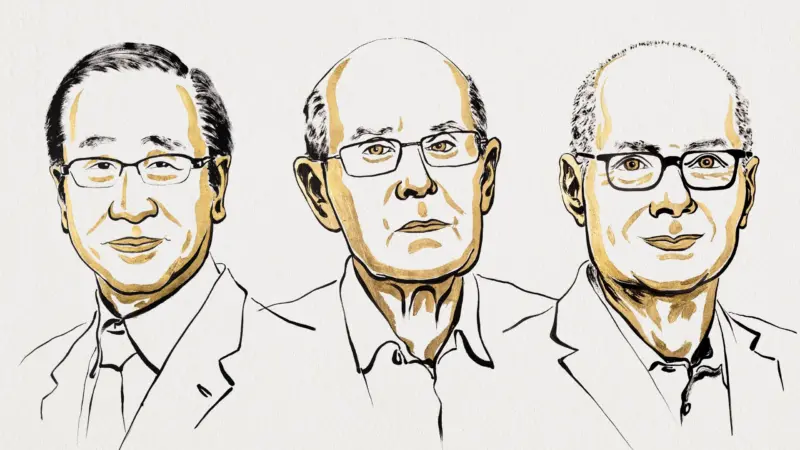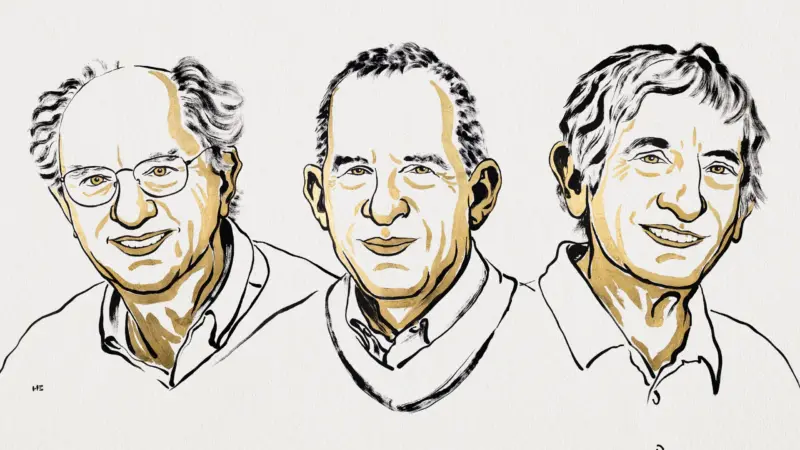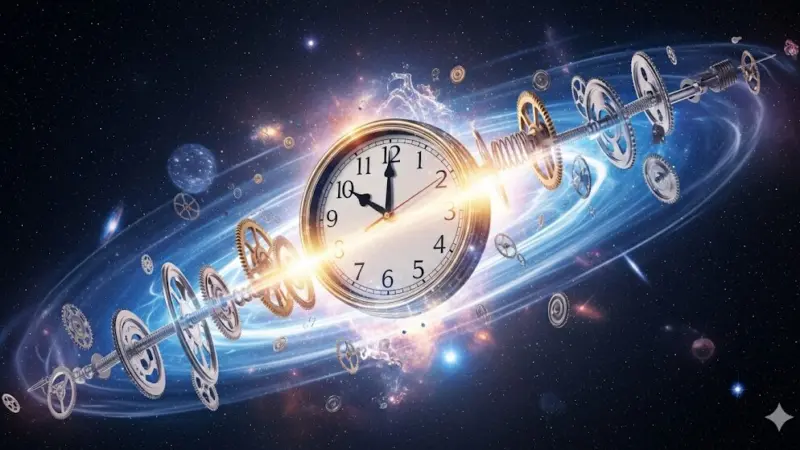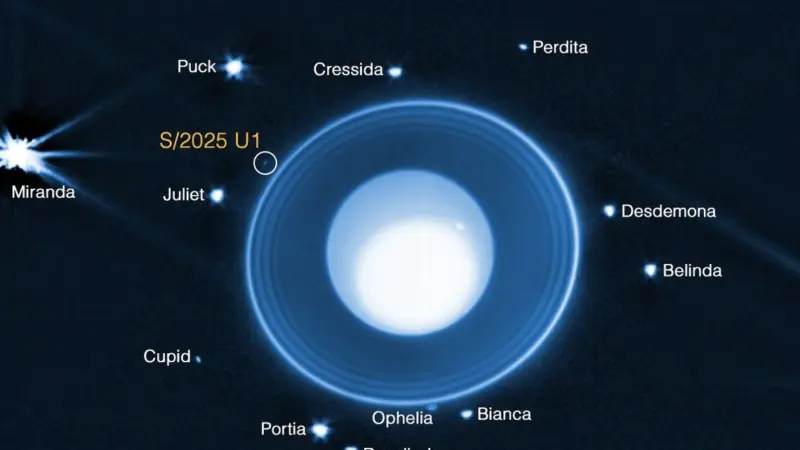Investigating the Bizarre Nature of Dual Star Gravity
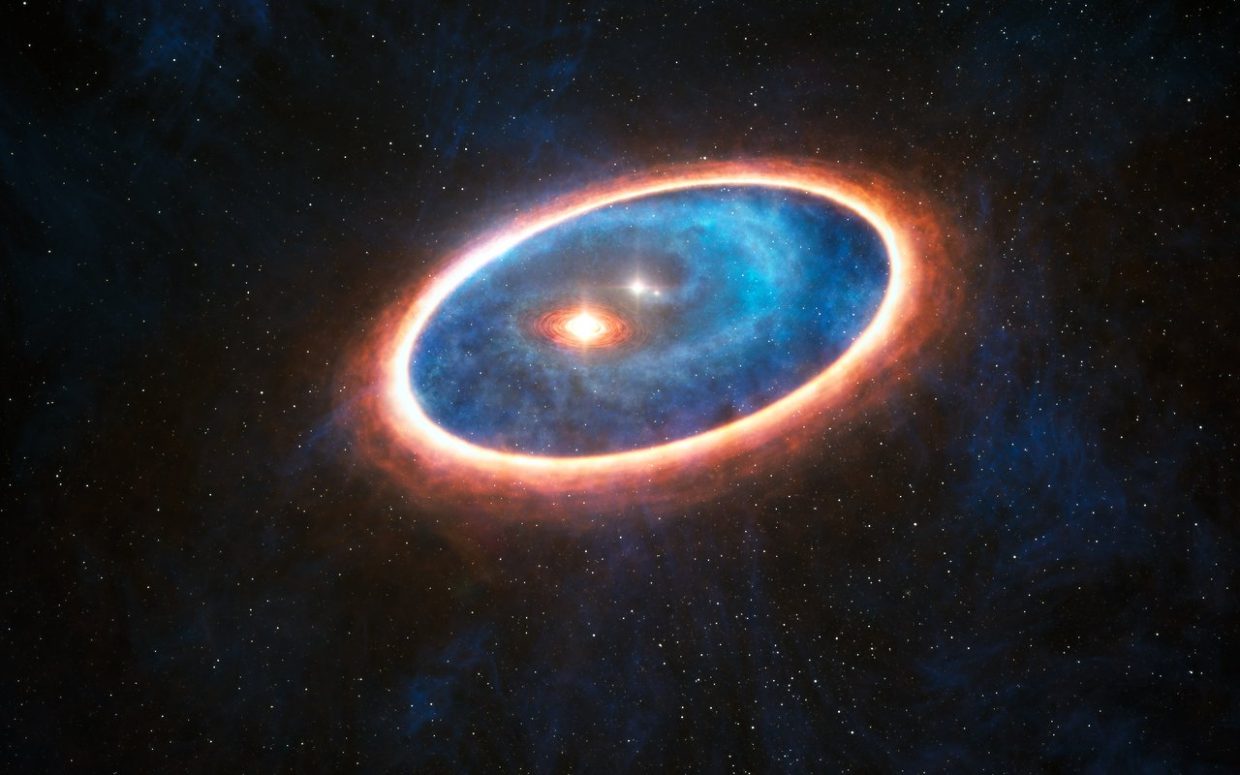
Gravity has been a well-established concept for centuries. Isaac Newton introduced the theory of gravitation over 300 years ago, explaining how massive objects attract each other. Later, Albert Einstein built upon Newton’s ideas to develop the theory of relativity, which describes gravity as the warping of space by objects, particularly at the extremes of the universe. However, there are still unresolved mysteries in the cosmos, with dark matter being the most prominent problem in astronomy today.
The Nature of Dark Matter
Scientists are divided on the nature of dark matter. Some believe it to be an undiscovered particle that follows traditional laws of gravity, while others suggest that the issue lies in our understanding of gravity itself. The latter view proposes the idea of Modified Newtonian Dynamics (MOND), where gravity acts differently on the largest and smallest scales compared to Newton and Einstein’s theories.
Modified Newtonian Dynamics (MOND)
While MOND has faced skepticism due to the success of Newton and Einstein’s gravity theories, recent observations published in The Astrophysical Journal provide evidence in support of modified gravity. Researchers, led by Kyu-Hyun Chae from Sejong University, analyzed the movements of binary stars gravity using data from the European Gaia satellite. They focused on binary stars with wide, distant orbits to measure their accelerations, which MOND and traditional theories predict differently.
The study found that these widely spaced stars exhibit slower motion, allowing for tests of gravity at low accelerations. It was observed that modified gravity predicts a 30 to 40 percent faster motion of stars compared to “normal” gravity, aligning with the data collected. At such small scales, Chae argues that dark matter cannot account for the differences from traditional gravity predictions.
Xavier Hernandez, an astronomer at the National Autonomous University of Mexico, who proposed the idea of testing gravity with wide binary systems, has confidence in these findings. Hernandez believes that the convergence of these results with his previous work strengthens their validity and highlights the scientific process.
The most plausible explanation for Chae’s observations is a specific type of modified gravity theory called AQUAL MOND. This theory offers the best understanding of the data collected, further supporting the notion that traditional gravity theories break down at certain scales.
Extending Einstein’s General Relativity
The potential deviation of gravity from Einstein’s theoretical framework does not necessitate the dismissal of our existing knowledge. Physicist Sergei Ketov of the University of Tokyo Kavli Institute asserts that various versions of modified gravity extend beyond Einstein’s general relativity, but they do not invalidate it; rather, they establish its limitations.
However, skepticism persists among scientists regarding the conclusive support for Modified Newtonian Dynamics (MOND). Science communicator Ethan Siegel, in his column “Starts with a Bang,” suggests that recent findings are a blend of sound and flawed scientific practices, exacerbated by the uncertainty prevalent in science reporting. The crux of the matter lies in concerns about the reliability of observations used in Chae’s study, and disparities among research papers’ outcomes due to the inclusion or exclusion of specific stars, leading to a schism among scientists about accurate assumptions.
To Doubters and Unresolved Concerns
Chae, the researcher, invites doubters to challenge his findings while acknowledging the foundation of their skepticism. He also points out a crucial omission in contradictory research—an essential self-calibration step. Presently, modified gravity theories resemble the Bohr model of atoms before the advent of quantum physics. Chae underscores that these theories, like quantum physics, will evolve progressively. Over time and with rigorous testing, the prevailing theory between modifications to gravity and the existence of dark matter as a particle will emerge. Hernandez further emphasizes that disregarding modified gravity is untenable, given its contradiction of Newton’s predictions as evidenced by the behavior of binary stars.
Also Read:


